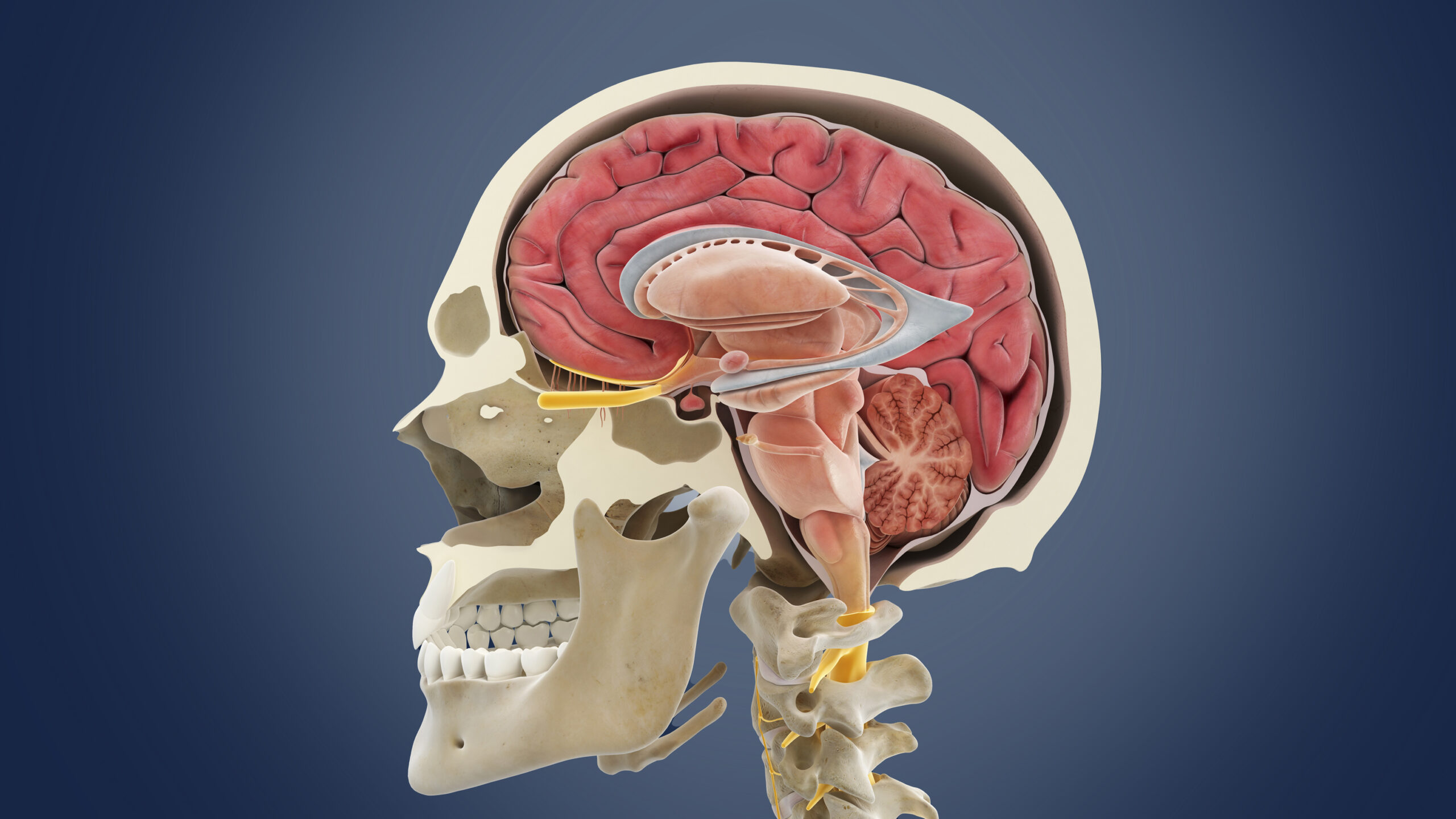
Psychopharmacology:
What Is Psychopharmacology?
“Psychopharmacology” derives from the Greek word “psyche,” meaning “breath, life, soul.” Psychopharmacology is the scientific study of the effects drugs have on mood, sensation, thinking, and behavior. Those drugs include a wide range of substances, some legal and some illegal.
Psychopharmacologists are medical doctors who have undergone advanced training. Their perspective is bi-directional: they examine how medications affect the body (pharmacodynamics), and how the body affects the medications (pharmacokinetics).
Drugs interact with specific sites in the brain and throughout the body to cause both desired effects and, too often, undesired side effects. Drugs may be derived from natural sources like plants and animals, or they may be synthesized in the laboratory.
History of Psychopharmacology
The early field of psychopharmacology included plant-based substances, used within hunter-gatherer societies. Among these are psychedelic substances like mescaline and psilocybin, which have mind-altering effects.
Modern psychopharmacology began with the use of drugs to treat psychiatric illnesses. Opiates and barbiturates were commonly used for sedation.
In the 1950s, drugs were developed to treat psychosis, controlling hallucinations and delusions. Antidepressants and anti-anxiety drugs were also developed.
Over the last half-century, we gradually developed a better understanding of the mechanisms of the psychiatric drugs. Today’s research methods are more rigorous, employing double-blind, placebo-controlled trials to accurately analyze the drugs’ effects.
Common Applications
Among the more commonly used psychiatric medications are antidepressant, antipsychotic, anti-anxiety, and stimulant medications. The antidepressants are often used to treat Mood, Obsessive-Compulsive, and Eating Disorders.
Antipsychotic medications are used to treat psychoses like hallucinations and delusions. In addition, they are used to help patients with changes in their thinking patterns and managing rage and emotional dysregulation. Lastly, antipsychotic medications are used to augment the positive effects of antidepressant medications in treating depression.
Anti-anxiety medications are used to help reduce anxiety and muscle tension. The stimulant medications are used to treat Attention Deficit Disorder and Narcolepsy.
The opiate drugs—examples are heroin, morphine, and oxycodone—help reduce pain, bring about relaxation, and lead to sleep. However, at high doses, these “narcotic analgesics” can cause coma and death.
Psychopharmacological research typically begins with animal studies and concludes with extensive trials in humans. Although drugs are approved by the FDA for specific conditions, they are often used “off-label” for other medical and psychiatric conditions.
Psychopharmacologists rely on an extensive knowledge of basic neuroscience, pharmacology, clinical medicine, and psychiatry. However, no less important than this scientific foundation is a critical skill developed through years of practice, namely, building therapeutic alliances with our patients.
